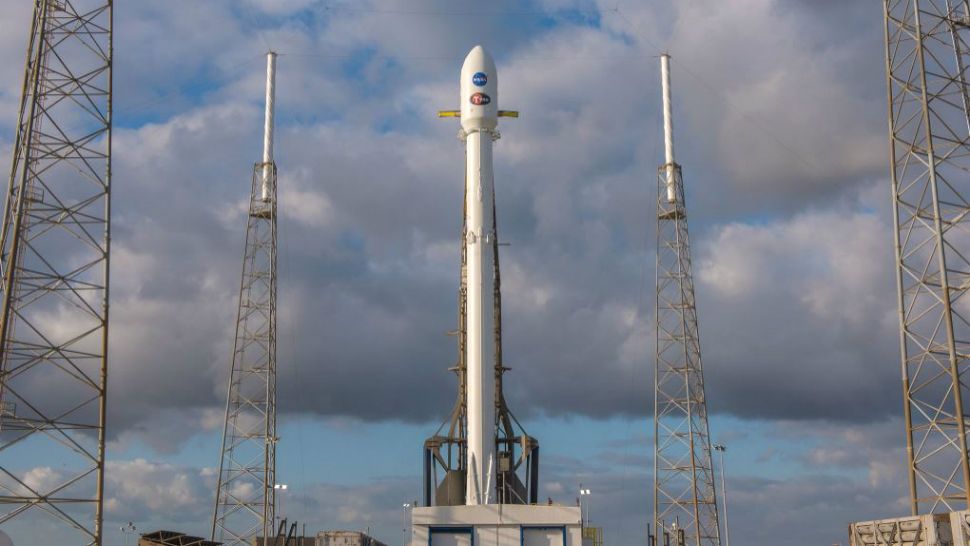CAPE CANAVERAL AIR FORCE STATION, Fla. — SpaceX and NASA have pushed back Monday night's Falcon 9 rocket launch. SpaceX says the scrub is for further analysis. Next launch attempt will be on Wednesday at 6:51 p.m.
"GNC" stands for "Guidance Navigation and Control," according to NASA. The agency says the satellite the rocket is carrying, the TESS spacecraft, is fine and ready for launch.
- TESS spacecraft expected to identify thousands of planets
- Falcon 9 rocket launch attempt Wednesday at 6:51 p.m.
- SpaceX will try to land booster on drone ship
The Falcon 9 rocket is set to take off from Space Launch Complex 40 at Cape Canaveral Air Force Station.
The 200-foot-tall rocket will carry the NASA TESS spacecraft, which stands for Transiting Exoplanet Survey Satellite. The probe will hunt and scan for planets outside of our solar system that could support life.
NASA says TESS could help answer the age-old question: Are we alone in the universe?
“This is a key mission that is going to enable us to look at stars that are nearby and help us understand whether or not if there are planets around them, identify and survey the planets and then leverage other missions to help us understand whether or not they have the ingredients and capability to support life,” said Sandra Connelly, deputy associate administrator for programs for NASA's Science Mission Directorate.
During TESS' two-year mission, four cameras will study and catalog 200,000 planet candidates. TESS will survey a larger area than the NASA Kelper probe, which launched in 2009, and find planets that are close enough to check out with Earth-based telescopes.
After the launch attempt, SpaceX will attempt to land the first-stage booster on its drone ship hundreds of miles out in the Atlantic Ocean about 10 minutes after launch. The booster is new and has not flown before.
In addition, SpaceX is now trying to recover its payload fairing — which is the big nose cone on the Falcon 9. SpaceX is hoping to use parachutes to help guide the nose cone to a soft landing on the ocean surface after launch.



